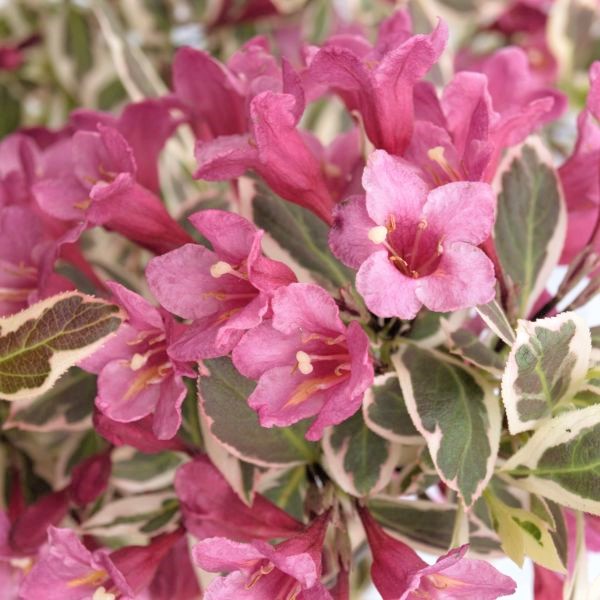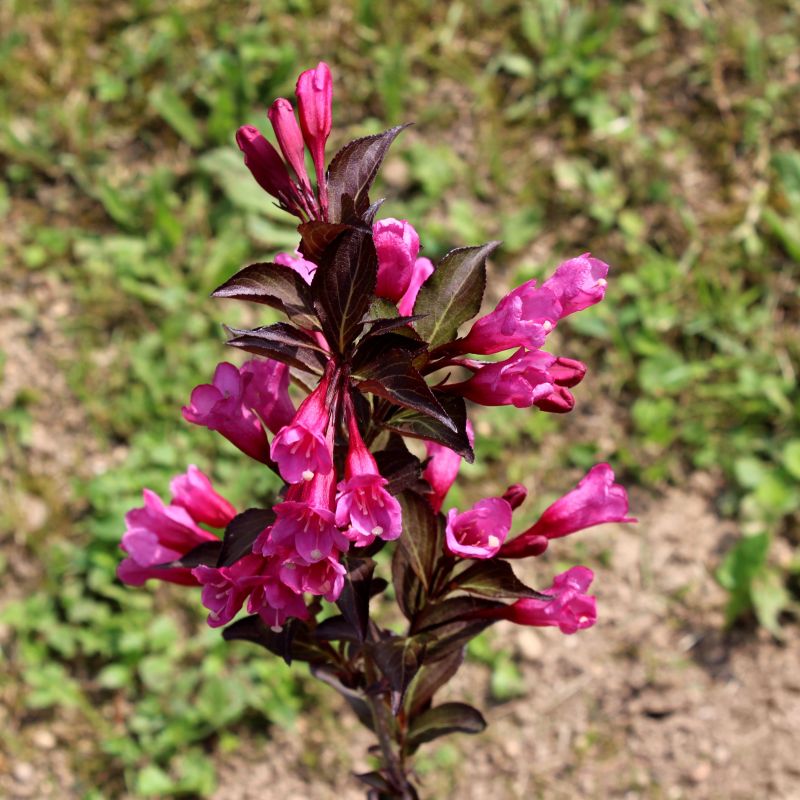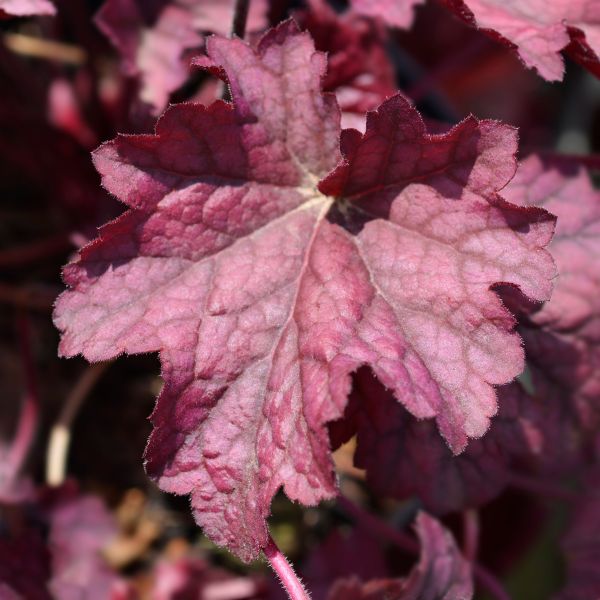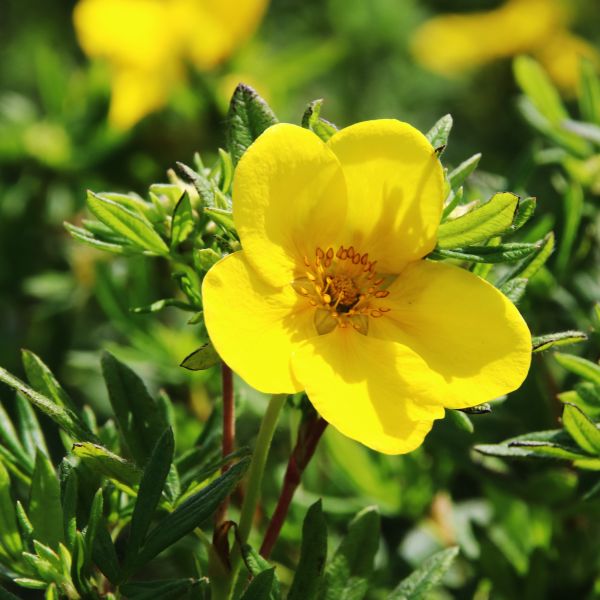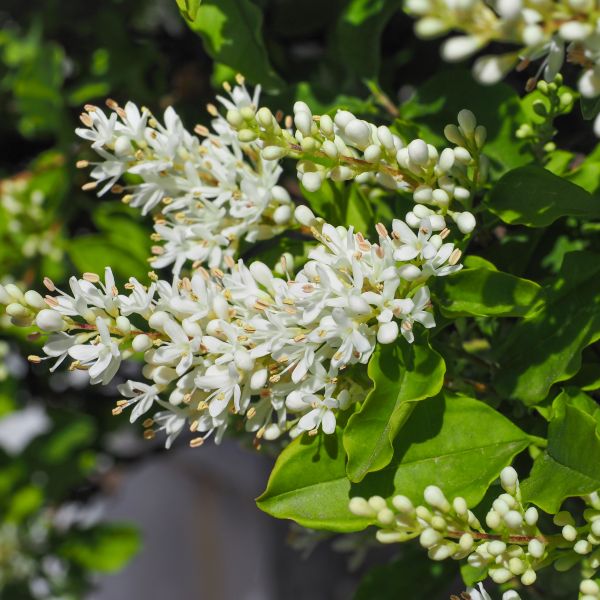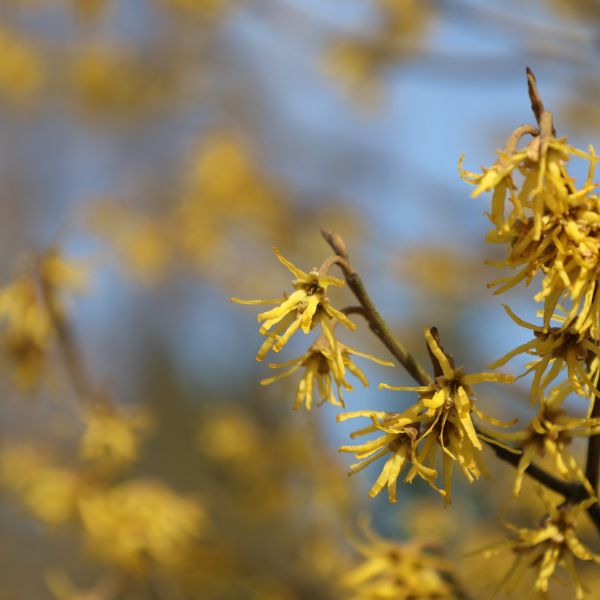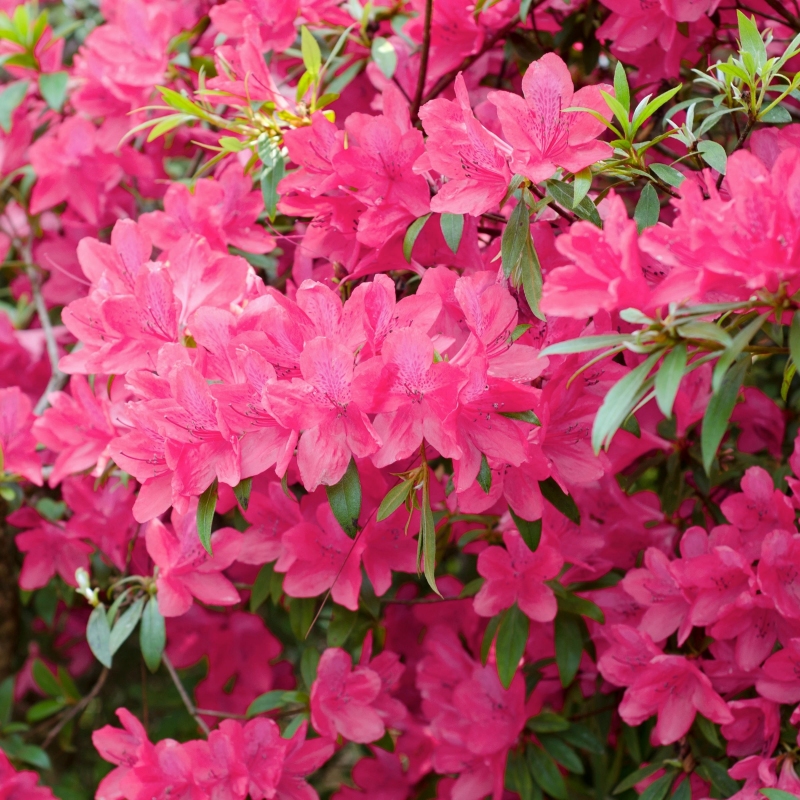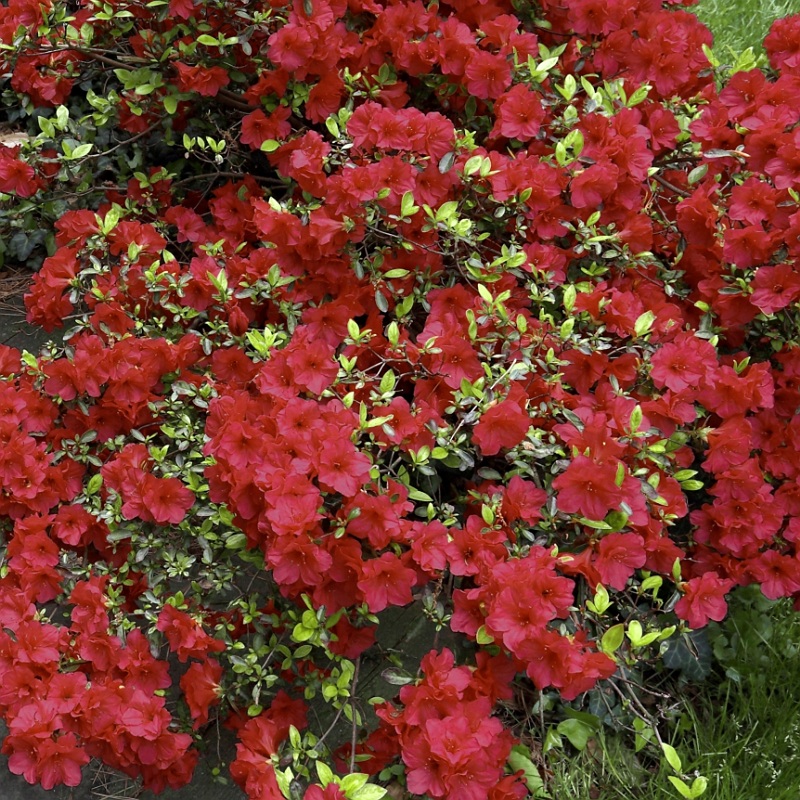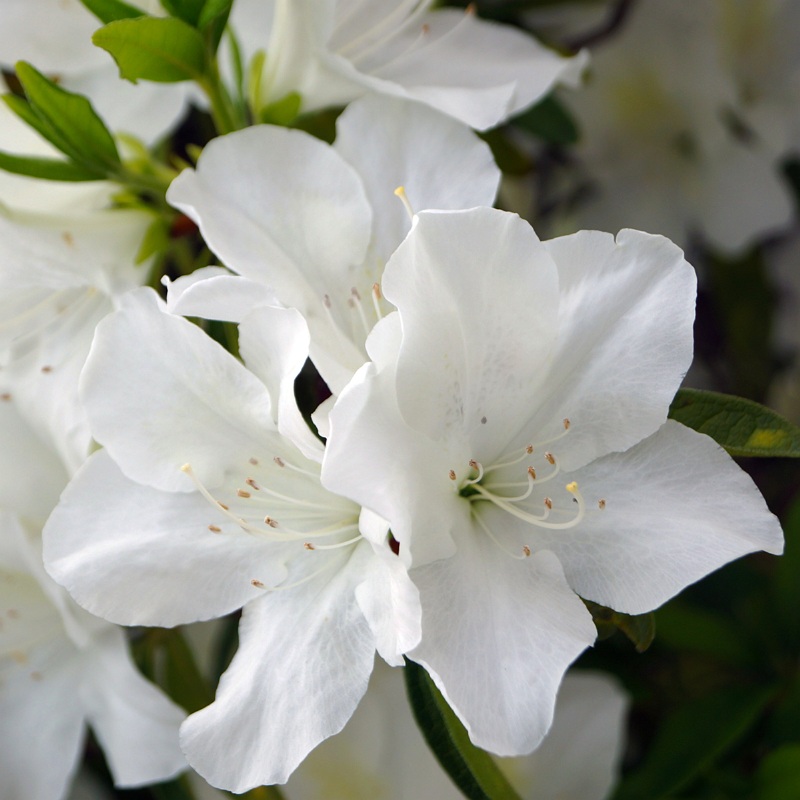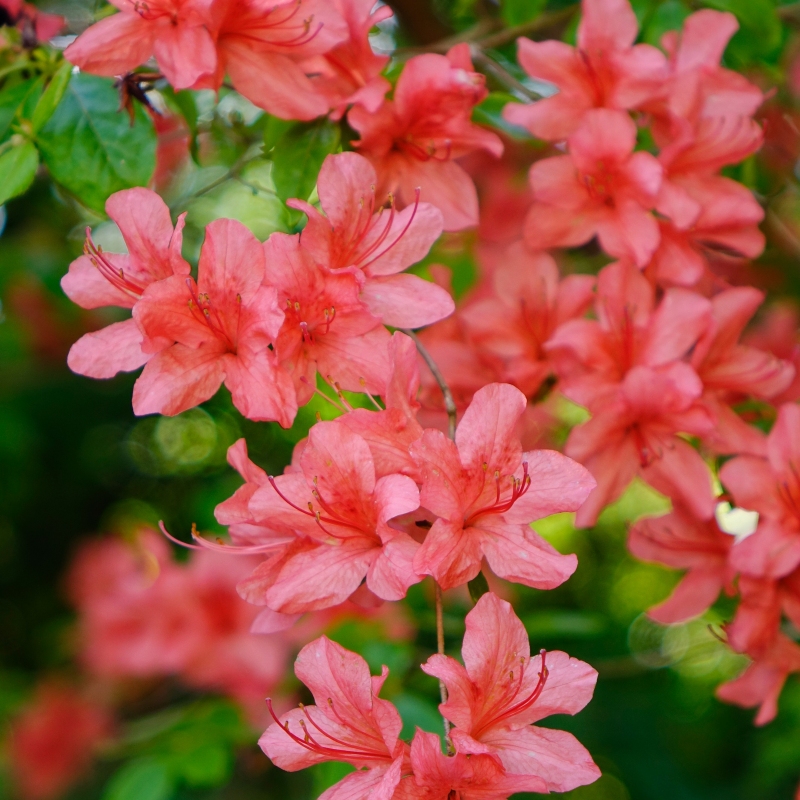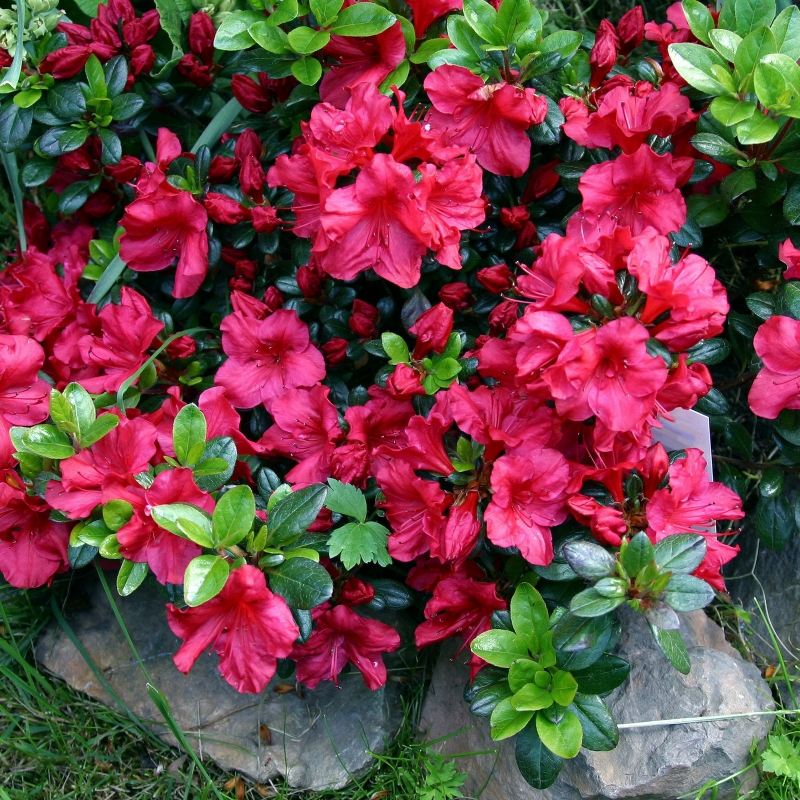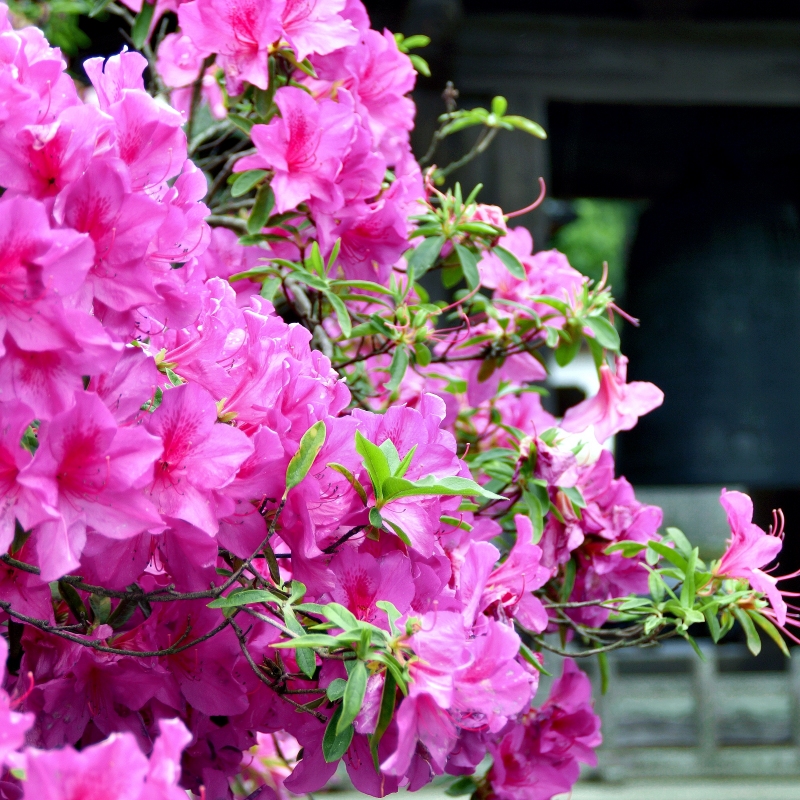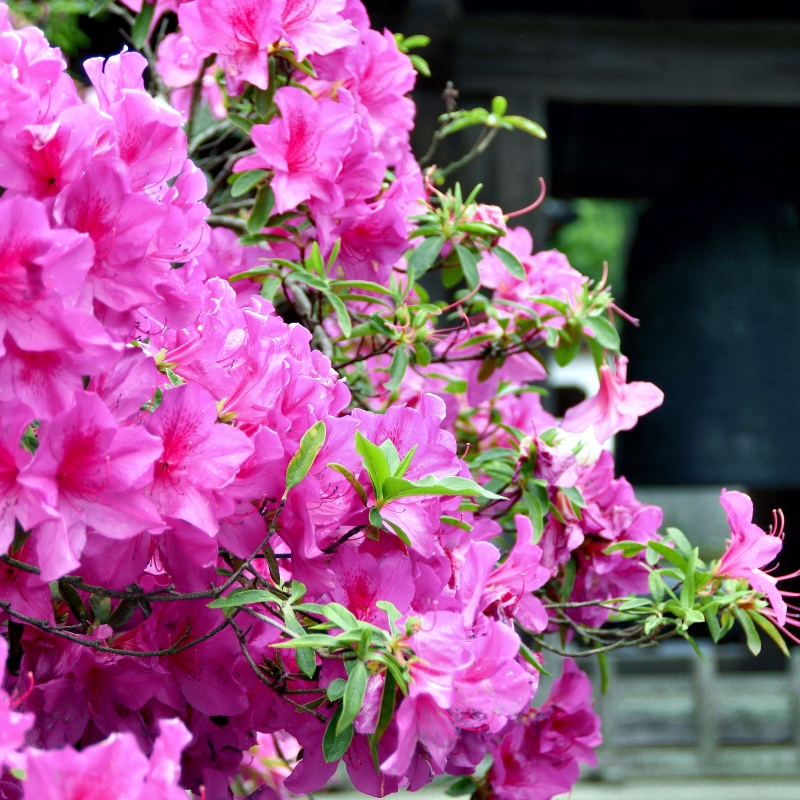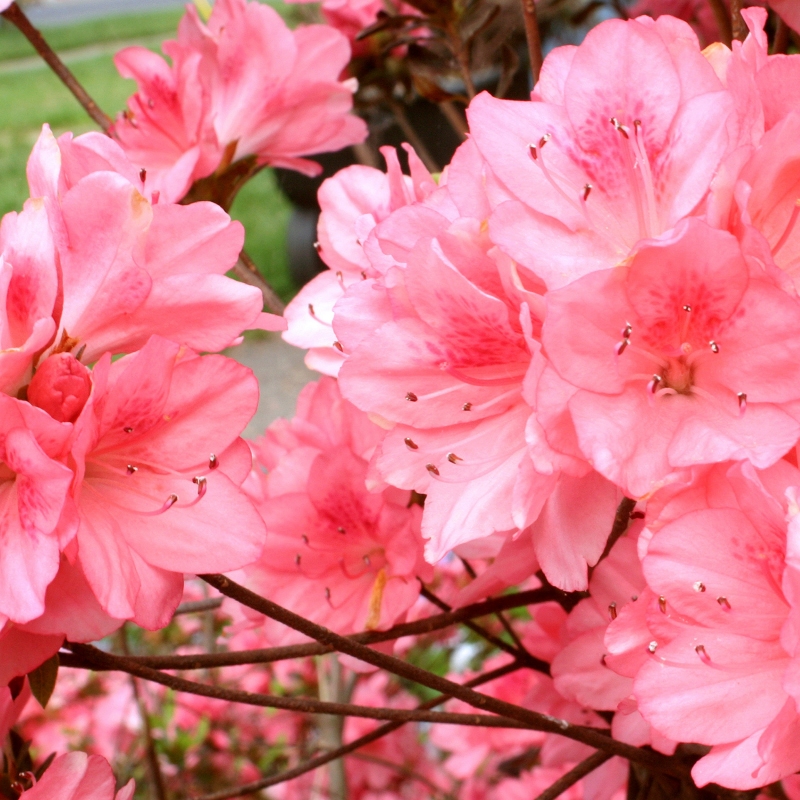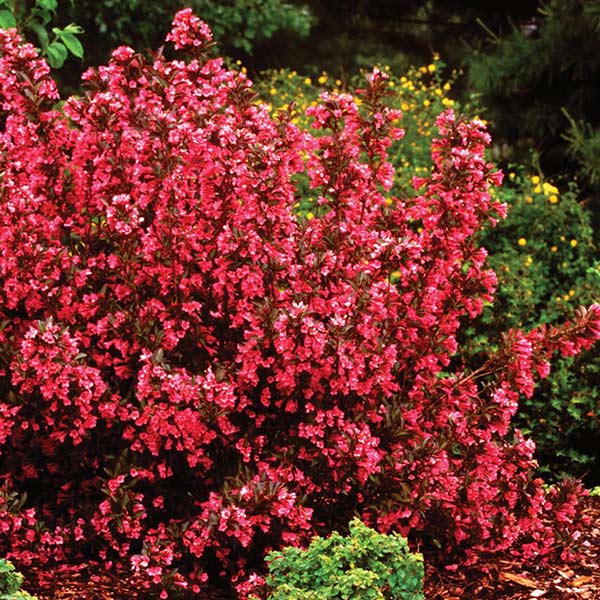

Wine & Roses Weigela
Weigela florida 'Alexandra'
16 reviews
Wine & Roses Weigela
Weigela florida 'Alexandra'
16 reviews
- Deep purple foliage adds rich color to landscaping
- Bright pink flower clusters attract pollinators
- Low maintenance and easy to grow
- Recommended by landscape designers for optimal fit in real yards
$86.00
$123.00
30% Off
- Ships to 43215 in 3 to 7 days
- Free Shipping Over $150
- Plant Arrival Guarantee
- In Stock
- Free Plant Consult
$200 - Landscape-Approved: Every Plant We Sell Comes With Design Expertise Behind It
- 1.5 Gallon
- 2.5 Gallon
Not just beautiful - intentionally selected by ShrubHub's 3D landscape design team to fit real-world spaces and maximize yard potential.
Why Wine & Roses Weigela?
Wine & Roses Weigela (Weigela florida 'Alexandra') is a popular shrub due to its stunning deep burgundy foliage and prolific hot pink flowers. It adds a vibrant contrast to any garden and creates a beautiful focal point. Additionally, it is low maintenance, drought-tolerant, and attracts hummingbirds and butterflies. With its compact size, it can easily fit into smaller spaces or be used as a border plant.
People who loved this plant also bought
Sunlight
Wine & Roses Weigela requires full sun exposure to thrive and achieve its best growth and flowering potential.
Watering
Wine & Roses Weigela requires regular watering to keep the soil consistently moist, especially during its first growing season. It is important to avoid overwatering, as it can lead to root rot. Established plants are generally drought-tolerant but will be
Fertilizing
Wine & Roses Weigela has a moderate fertilizer requirement, needing a balanced fertilizer with equal amounts of nitrogen, phosphorus, and potassium. It is recommended to fertilize in early spring before new growth emerges and again in late summer.
Wine & Roses Weigela (Weigela florida 'Alexandra')
The Wine & Roses Weigela is a stunning deciduous shrub that adds a touch of elegance and color to any garden. Known for its deep, rich burgundy leaves and vibrant pink flowers, this Weigela florida 'Alexandra' cultivar is a favorite among gardeners and landscapers alike.
The foliage of the Wine & Roses Weigela provides year-round interest. In spring, it produces an abundance of bell-shaped, hot pink flowers that attract hummingbirds, bees, and butterflies, making it a pollinator-friendly choice. The flowers contrast perfectly against the dark, almost black, foliage, creating a striking and dramatic visual display in your landscape.
This compact and low-maintenance shrub typically reaches a height of 4-6 feet and spreads up to 3-4 feet, making it suitable for both large and small gardens. It has a dense and rounded habit, providing excellent coverage when used as a border plant, foundation planting, or as part of a mixed shrub bed. The Wine & Roses Weigela thrives in USDA hardiness zones 4-8 and prefers full sun to partial shade.
Additionally, this Weigela cultivar is relatively easy to grow and requires minimal pruning. It is adaptable to various soil types as long as they are well-draining. Regular watering is necessary during periods of drought, especially in the first year of establishment. With proper care, the Wine & Roses Weigela will reward you with a profusion of blooms and attractive foliage year after year.
Whether used as a standalone specimen, mass planting or combined with other flowering shrubs, the Wine & Roses Weigela is sure to add a touch of sophisticated charm to your garden. Its rich burgundy hues and vibrant pink flowers make it an eye-catching focal point, creating a truly memorable landscape.
Plant Information:
| Botanical Name: | Weigela florida 'Alexandra' |
| USDA Zones: | 4 - 8 |
| Water: | Moderate |
| Exposure: | Full Sun |
| Soil Needs: | Well Drained |
| Mature Height: | 4 - 5 feet |
| Mature Spread: | 4 - 5 feet |






Pollination Info
Pollination Information for Wine & Roses Weigela (Weigela florida 'Alexandra')
Wine & Roses Weigela, scientifically known as Weigela florida 'Alexandra', is a deciduous shrub renowned for its stunning deep burgundy foliage and abundant pink flowers. While the plant itself does not require specific pollinators for successful pollination, attracting bees, butterflies, and hummingbirds to your garden can enhance the overall health and productivity of the shrub. Here are some important pollination facts about Wine & Roses Weigela:
Pollination Type:
Wine & Roses Weigela is an entomophilous plant, which means it primarily relies on insects for pollination. While it can self-pollinate, cross-pollination through insects visiting the flowers is often more efficient and leads to better outcomes in terms of seed production and genetic diversity.
Attracting Pollinators:
To attract pollinators to your Wine & Roses Weigela, consider incorporating companion plants that are known to be attractive to bees, butterflies, and hummingbirds. Some commonly suggested plants include lavender, salvia, catmint, bee balm, and butterfly bush. Providing a diverse range of nectar-rich flowers with varying bloom times will help ensure a consistent presence of pollinators throughout the growing season.
Flowering Time:
Wine & Roses Weigela typically produces its showy pink flowers in late spring to early summer. The exact timing may vary depending on the climate and specific growing conditions. It's important to note that the presence of flowers is crucial for attracting pollinators, so proper care and maintenance to encourage healthy and abundant blooms are essential for successful pollination.
Pollen Transfer:
Insects such as bees and butterflies transfer pollen from the anthers (male reproductive organs) of one Wine & Roses Weigela flower to the stigma (female reproductive organ) of another flower. This transfer allows for fertilization and subsequent seed development. The bright pink color and fragrance of the flowers act as signals to attract pollinators.
Seed Production:
After successful pollination, Wine & Roses Weigela develops seed capsules containing numerous small seeds. These capsules usually mature in late summer to early fall. If you desire to collect and grow these seeds, allow the capsules to fully ripen on the plant before harvesting them.
Additional Considerations:
It is worth noting that while Wine & Roses Weigela can produce viable seeds through self-pollination, cross-pollination with other compatible Weigela varieties can potentially enhance genetic diversity and yield more vigorous offspring. Therefore, if you have multiple Weigela plants in your garden, there is a higher chance of achieving successful cross-pollination.
Overall, attracting a diverse range of pollinators to your garden will ensure the best chances of successful pollination and abundant growth for Wine & Roses Weigela. Providing a welcoming habitat with suitable companion plants and maintaining a healthy flowering cycle will create an environment that supports both the shrub and its pollinator visitors.
FAQ
Frequently Asked Questions - Wine & Roses Weigela (Weigela florida 'Alexandra')
Q: What is the botanical name of Wine & Roses Weigela?
A: The botanical name of Wine & Roses Weigela is Weigela florida 'Alexandra'.
Q: What are the features of this particular Weigela variety?
A: Wine & Roses Weigela is known for its stunning dark purple foliage and abundant, trumpet-shaped hot pink flowers. It is a deciduous shrub that blooms in late spring to early summer.
Q: How tall and wide does this Weigela variety grow?
A: This Weigela shrub typically grows to a height and width of about 4 to 5 feet.
Q: Does Wine & Roses Weigela require full sun or partial shade?
A: Wine & Roses Weigela thrives in full sun, but it can also tolerate partial shade. However, it is recommended to provide it at least 6 hours of direct sunlight for optimal growth and flowering.
Q: How should I plant Wine & Roses Weigela?
A: It is best to plant Wine & Roses Weigela in well-draining soil with good organic matter. Dig a hole that is slightly larger than the nursery container, place the shrub in the hole and backfill with soil. Water thoroughly after planting and provide regular watering during the first growing season to establish a strong root system.
Q: Does this Weigela variety require any special care?
A: Wine & Roses Weigela is a relatively low-maintenance shrub. However, regular pruning is recommended to maintain its shape and promote better flowering. Prune immediately after flowering by removing older stems and shaping the shrub as desired.
Q: When does Wine & Roses Weigela bloom?
A: This Weigela variety typically blooms in late spring to early summer, usually starting in May depending on the climate.
Q: How often should I fertilize Wine & Roses Weigela?
A: It is advisable to fertilize this shrub once a year in early spring before new growth begins. Use a balanced, slow-release fertilizer or a granular fertilizer specifically formulated for flowering shrubs.
Q: Is Wine & Roses Weigela deer resistant?
A: While no plant is completely deer-proof, Wine & Roses Weigela is known to be relatively deer resistant. However, hungry deer may still browse on its foliage if food sources are scarce.
Q: Can I use Wine & Roses Weigela as a hedge or border plant?
A: Absolutely! Wine & Roses Weigela can be used as a stunning hedge or border plant, thanks to its compact growth habit and vibrant foliage. Plant them about 3 to 4 feet apart for an effective hedge.
Q: How do I propagate Wine & Roses Weigela?
A: Wine & Roses Weigela can be propagated through softwood or semi-hardwood cuttings in late spring to early summer. Take cuttings from healthy, young stems, remove the lower leaves, dip them in rooting hormone, and plant them in a well-draining rooting medium. Keep the cuttings moist and provide bottom heat for quicker root formation.
Q: Is Wine & Roses Weigela drought tolerant?
A: While this Weigela variety is fairly drought tolerant once established, it is still recommended to provide regular watering during prolonged dry periods to keep the plant healthy and promote better flowering.
Q: Can Wine & Roses Weigela be grown in containers?
A: Yes, Wine & Roses Weigela can be grown in containers. Choose a large container with drainage holes and use a well-draining potting mix. Make sure to provide proper water and nutrients to the shrub since container plants tend to dry out quicker than those planted in the ground.
Planting & Care
Planting & Care for Wine & Roses Weigela
Weigela florida 'Alexandra'
1. Choosing the Planting Location
- Select a spot in your garden that receives full sun to partial shade. Weigela can tolerate some shade, but it blooms best in full sun.
- Ensure the soil is well-draining, as Weigela does not like to sit in waterlogged soil. If necessary, amend the soil with organic matter or compost to improve drainage.
- Keep in mind that Weigela can grow to be around 5 feet tall and wide, so choose a location that allows for its mature size and provides enough space for proper air circulation.
2. Planting the Weigela
- Dig a hole that is as deep and twice the width of the root ball.
- Gently remove the plant from its container and loosen the roots with your hands. Place the plant in the hole, making sure the top of the root ball is level with the soil surface.
- Backfill the hole with soil, firmly press down to eliminate air pockets, and water thoroughly.
3. Watering
- Water the newly planted Weigela deeply after planting to help establish its roots. Thereafter, water regularly, providing about 1 inch of water per week during the growing season. However, make sure to avoid overwatering, as it can lead to root rot.
- During hot and dry periods, increase watering frequency to keep the soil evenly moist.
4. Fertilizing
- Apply a balanced, slow-release fertilizer in early spring, just before new growth appears. Follow the instructions on the fertilizer package for the appropriate dosage.
- Avoid fertilizing after mid-summer, as it can promote late-season growth that may not harden off before winter.
5. Pruning
- Prune Weigela after flowering in late spring or early summer to maintain its shape, remove dead or damaged branches, and encourage new growth.
- Remove old and woody stems by cutting them back to the base of the plant. Trim back the remaining branches by about one-third to promote bushiness and better flowering.
6. Winter Care
- Wine & Roses Weigela is generally hardy in USDA zones 4-8. Provide a layer of mulch around the base of the plant in late fall to protect the roots and conserve moisture during winter.
- In colder climates (zone 4 and 5), you may consider wrapping the plant with burlap or covering it with a protective material to shield it from harsh winter conditions.
7. Additional Tips
- Remove any weeds around the Weigela as they compete for nutrients and water.
- Regularly inspect the plant for pests such as aphids or spider mites. Treat infestations using a suitable insecticide or by spraying the affected areas with a strong stream of water.
- Monitor the plant for signs of disease such as leaf spots or powdery mildew. Prune affected branches and ensure good air circulation to prevent the spread of infections.
Check Out These Verified Customer Reviews:
Customer Reviews
4.8 out of 5 based on 16 reviews
Thank you! Your review has been submitted.
Customer service was very helpful with my inquiries. Will definitely order again.
Excellent quality plant, exceeded my expectations. Thriving in my garden.
Fast shipping and well-protected packaging. Plant arrived in excellent condition.
Item has been added to your cart.




